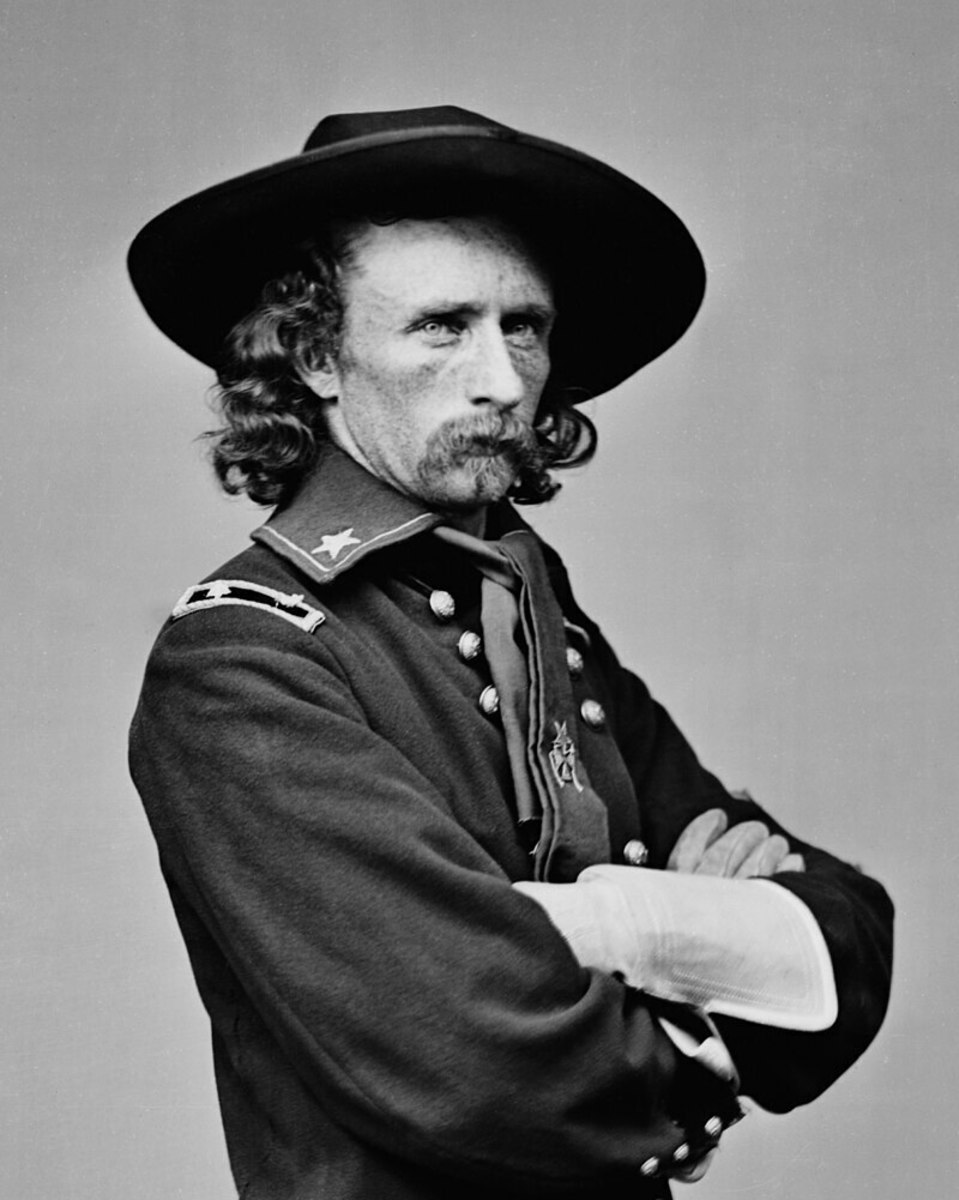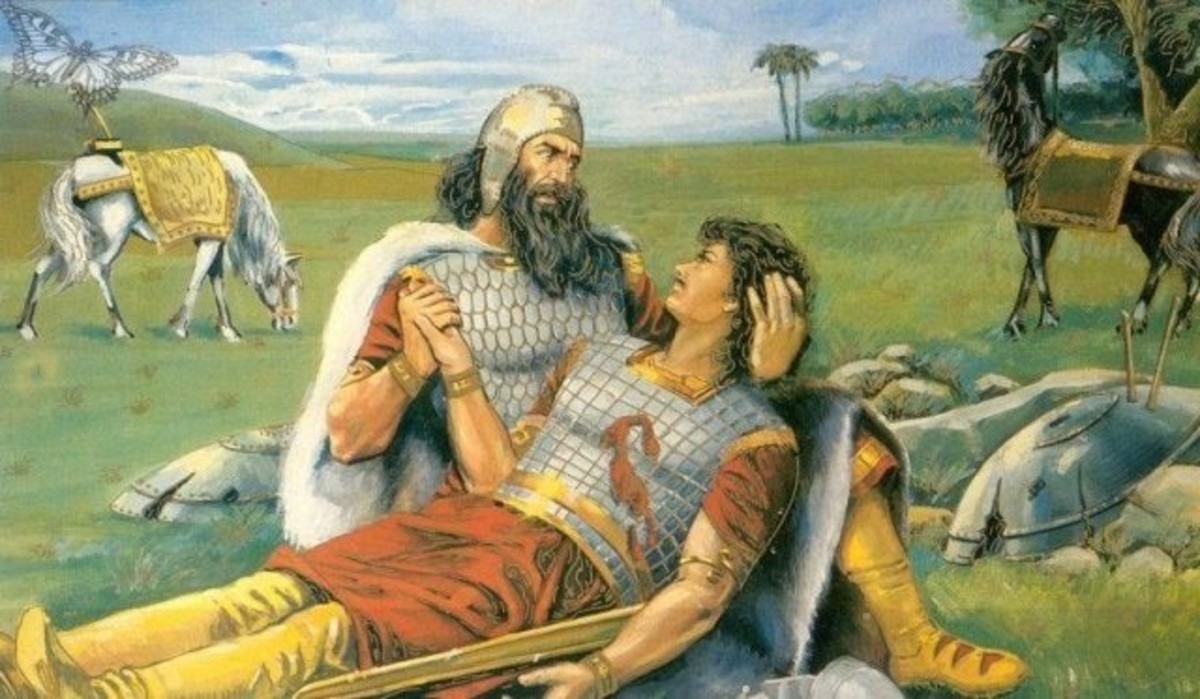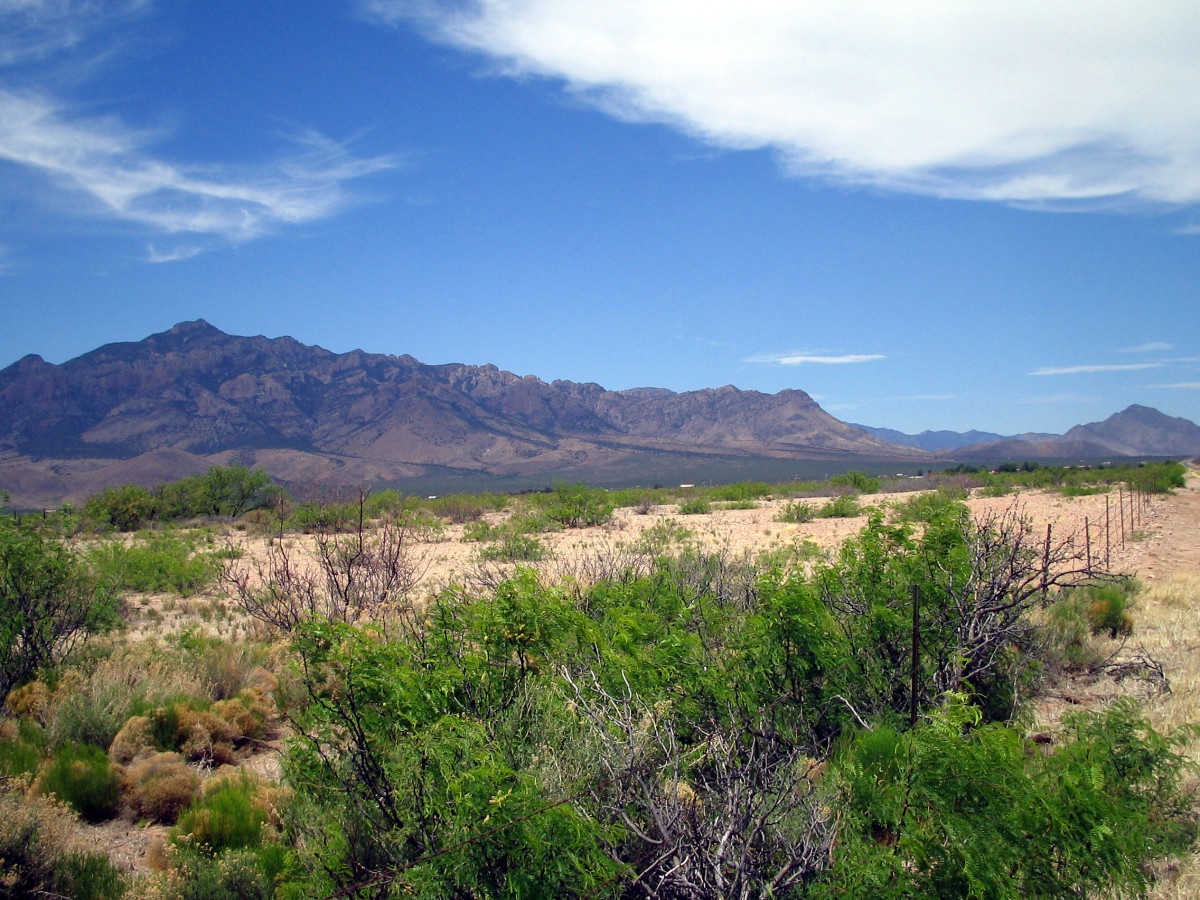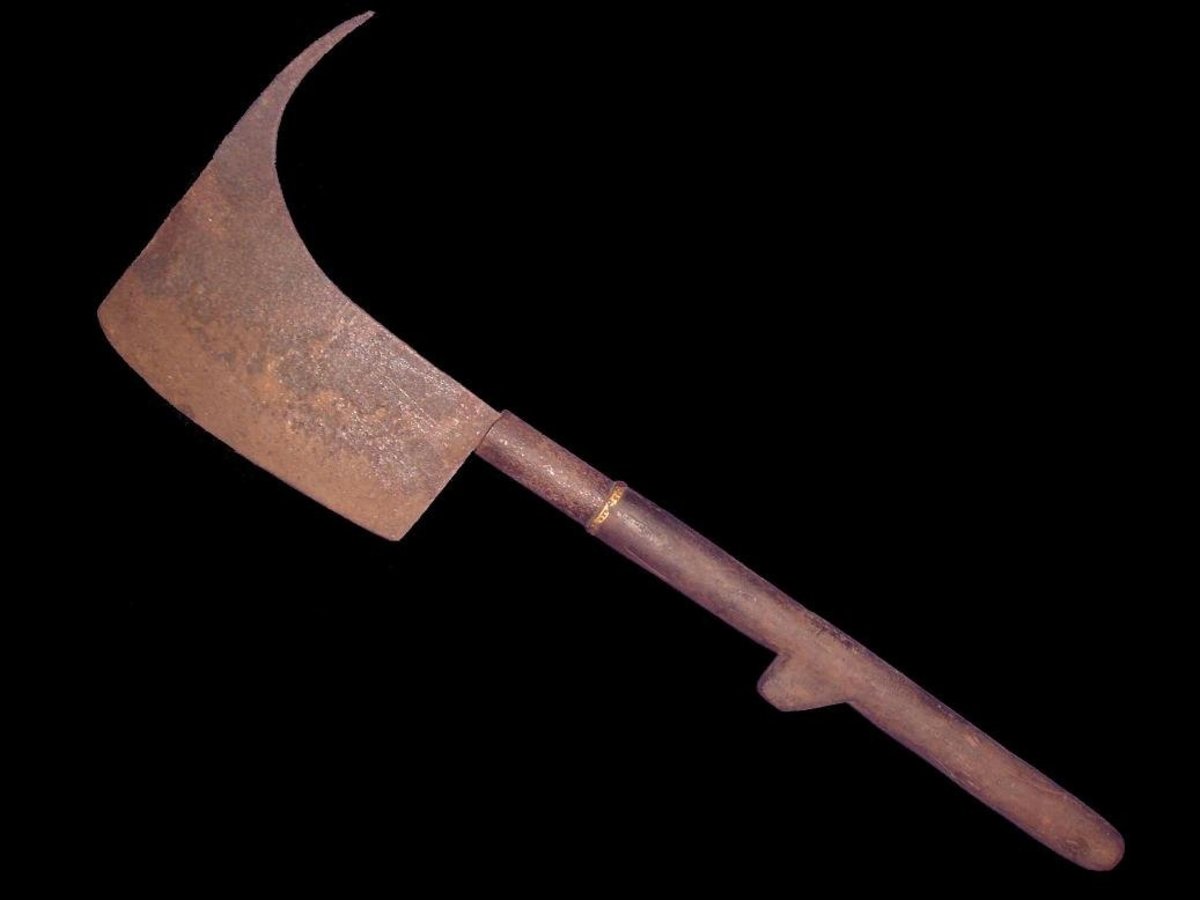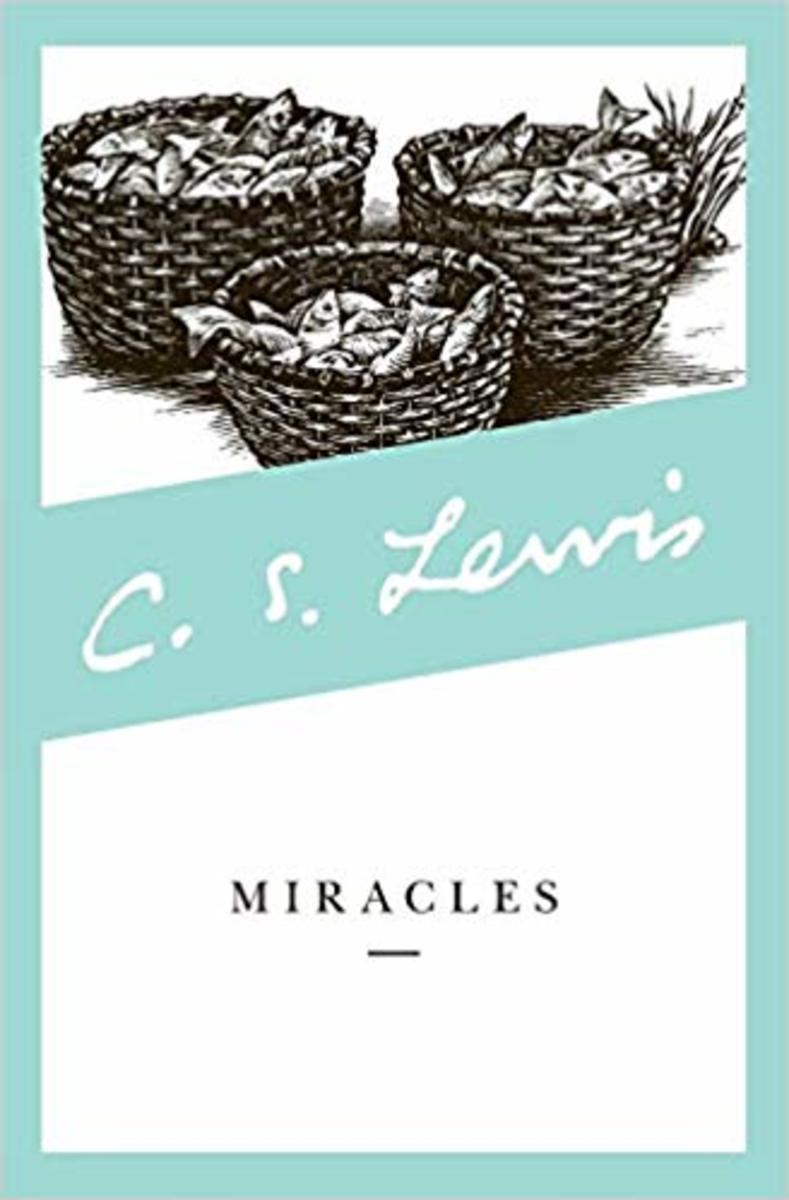- HubPages»
- Books, Literature, and Writing»
- Literature»
- Literary Criticism & Theory
Wooden Leg: A Warrior Who Fought Custer: Review and Reflection
Wooden Leg: A Warrior Who Fought Custer
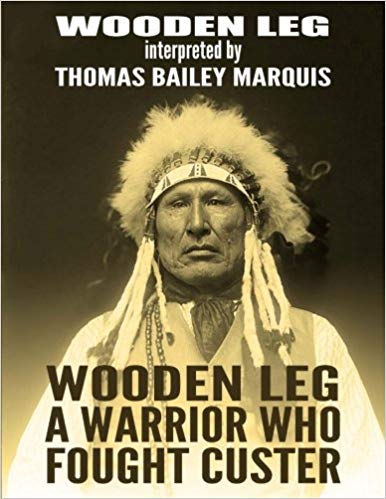
Wooden Leg: A Warrior Who Fought Custer: Review and Reflection
Wooden Leg: A Warrior Who Fought Custer is a book that was interpreted by Thomas B. Marquis. It was also made by Richard Little bear as an introduction to Bison books. The book is basically about the life of Wooden Leg who is a Northern Cheyenne Indian. He is known in the history because of his several battles between the United States forces and the Plains Indians. The most highlighted battle ever told in this book is the Battle of Little Bighorn where he encountered the troops of George Armstrong Custer. As I have gone through the story, the book begins with the childhood of Wooden Leg which is stated in very first chapter “Boyhood Wild Days”. It also includes the customs of Cheyenne which includes tribal organization, the warrior societies, sport, religion, and mythology. Also, there is a description of friendship and cooperation of the Cheyenne and the Sioux when the fought the forces of the United States.
The Conflict and Wars
According to the book, warfare was introduced to Wooden Leg at a very young age particularly when he was 14 years old. This was the time where they had a conflict with the Crow which also prompted him to join the Elk warrior society. In addition, this book also describes not only the important battles of the war of 1876-1877 when Cheyenne together with the other tribes who fought the United States. It also includes the Battle of Rosebud and the Dull Knife Fight. Furthermore, the story also tells something about the surrender of the Cheyenne where the tribe was deported to the state of Oklahoma. After some time, Wooden Leg was then allowed to return to return to his land told in one of the chapters, Home Again on Tongue River. At Fort Keogh, he became a scout for the army and later appointed as the judge at the Tongue River Indian Reservation. Due to this, he had a chance to tell the story which includes on how he befriended the old chief Little Wolf whom he considered as a Great War leader but was ostracized for killing another Cheyenne while drunk. Prior to reading this book, I have known that he told the story to Marquis by using Indian sign language which gave way to having this book written.
My Personal Take
I think the most interesting part of this book is the chapter that tells something about the Battle of the Little Bighorn. This was a massacre as to many had died and there were no U.S. soldiers alive. I have heard and read a lot about this history and I have known that this book was the only thing that shed light what really happened in this historical battle. I think this book particularly Wooden Leg, is important to the academe because he must have been considered as an important original source of information both on the Cheyenne and Plains Indians in general and the Battle of the Little Bighorn. I think this book is of importance because some other books that were written particularly about the Great Sioux War which includes the battles and characters acted a source of information. For me to better appreciate the book, I have made some readings regarding this and I have known that Wooden Leg is regularly cited academic journals. I have also observed that this book has a lot of anecdotes just like the tale that describes how Wooden Leg and Little Bird chase a fleeing Reno Soldier. None of them were willing to shoot a fleeing man because it seemed to be not brave to do so. This did not prevent the soldier in shooting Little Bird though and so Wooden Leg clubbed the soldier off his horse. There is also a story where Wooden Leg was sitting in the lodge with his friend, Noisy Walking, who is dying because of his wounds from the battle.
Signs of Sign Language?
After seeing the book and checking its background, I am so amazed that this was written through the sign language. I have come to realized that stories are not only by words. Moreover, having this story written is amazing because as they say history is written by the winners but this one was is something that no one expected because it was written through the loser of the battle. Upon reading this story, my attention was caught by how Wooden Leg described the Cheyenne’s complete disbelief that any warrior would rather choose to die by suicide rather than going to battle and die. The Braves were disgusted, and they could not count coup on all the suicides. He just later learned then that the cavalry had been advised to save the last round for themselves rather than the chance of being tortured. I believe, that the American history has made this a big deal of the gathering and it was simply winter digs and the tribes were hearing rumors, however not believing the Washington planned to break another treaty with them. Because of this, they had no idea who Custer was or that their own tribes were falsely accused of uprising. Due to this then, the innocent village were considered as sitting ducks welcoming the people who are going to slaughter them. I think that is pretty much amazing for me. It is amazing that they never knew nor cared who Custer was. Instead, they were just looking for the murderers of their village. So, it has become this huge Custer’s Last Stand fiasco. I think that is too rich, propaganda which swallowed whole and still going strong. In addition to the fact is, that Custer tried to undermine President Grant and got caught.
Conclusion
From the article that I read, he was given the choice by Grant either to make his betrayal public or to take chances out West. It was apparent that Custer was not expected to survive the posting. Nonetheless, I find this book of significance especially with the effort that was exerted just to have this book written and published. According to some of my research prior to reading the book, I have learned that Marquis’ initial aim was to collect first-hand information of Battle of the Little-Bighorn. What he did can be considered remarkable because of his effort to get in touched with the Indians. I think it is not easy as to the Indians will not easily trust a person like him especially if they will consider history. Imagine also the difficulty of getting coherent information regarding to what have transpired during the battle. As he gathers information, he might have been intentionally misled by some Indians just to hide some facts of history or distort the history. It was good that he manages to determine an accurate information by knowing Wooden Leg and some Cheyenne people. Moreover, it was indeed difficult to have this because they had overcome some language barrier.
References:
Bruce Brown (1973-2015), Who Killed Custer? Astonisher.com retrieved from: http://www.astonisher.com/archives/museum/wooden_leg_little_big_horn.html Web 5 May 2016
Carl F. Day, Tom Custer: Ride to Glory, University of Oklahoma Press, 2005 ISBN 0-8061-3687-1.
Peter Cozzens, Eyewitnesses to the Indian Wars, 1865–1890: Volume 4, The Long War for the Northern Plains, Stackpole Books, 2001 ISBN 0-8117-0080-1.
Want More?!
For more literary analyses, reviews, reflections, and papers, visit the links below and read any of the blogs which will best fit your reading and writing needs. Enjoy!
https://hubpages.com/@rhyleesuyom
Here are a few which may interest you:
https://hubpages.com/education/The-French-and-American-Revolutions-A-Short-Research-Paper
https://hubpages.com/art/Graphic-Design-Branding-Initiatives-and-Marketing-A-Research-Paper
https://owlcation.com/humanities/Stereotyping-African-Americans-through-Caricatures


